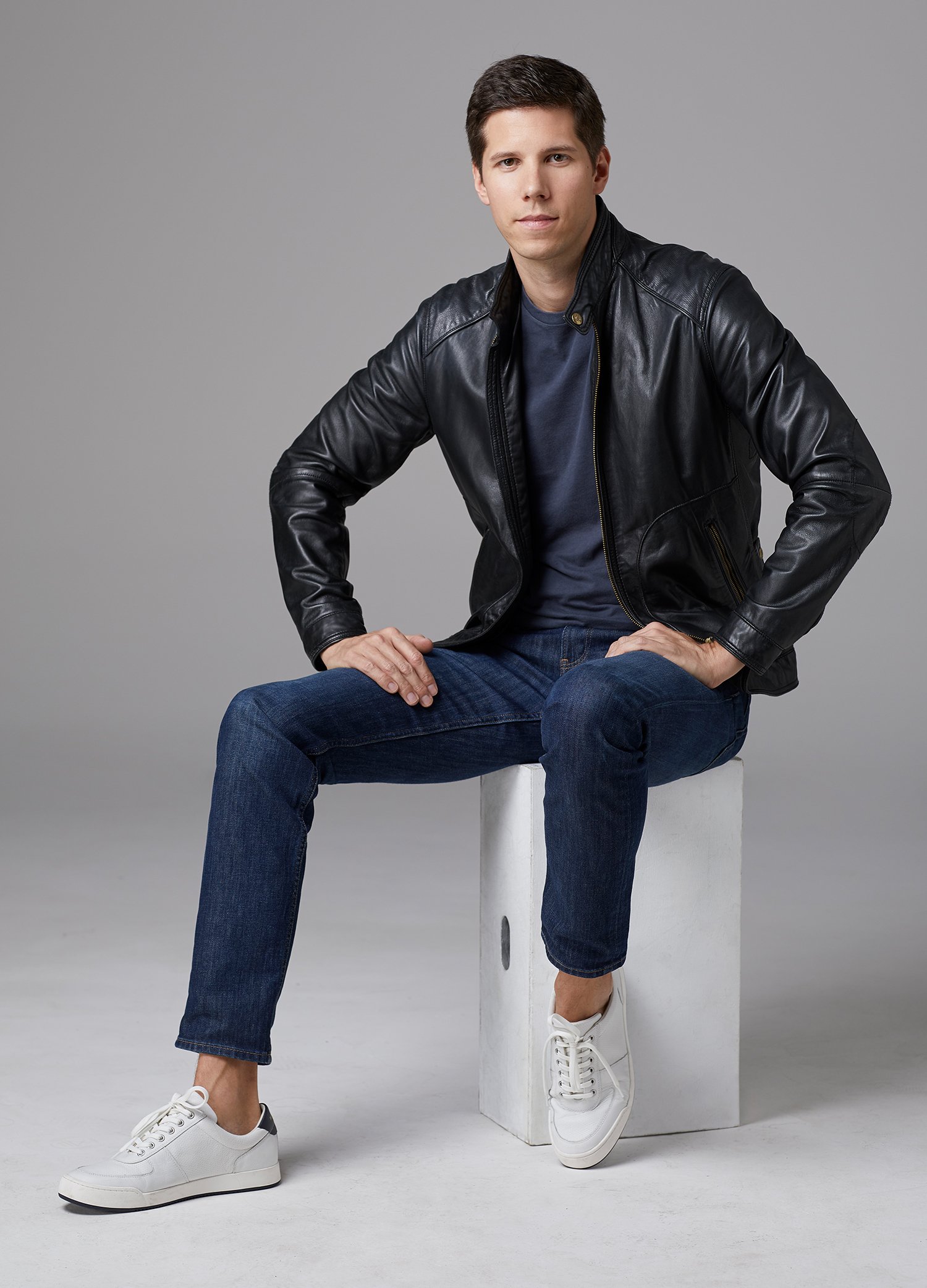Um olhar para o futuro
Fundador da marca digital de moda AMARO, Dominique Oliver reflete sobre tecnologia e velocidade na produção criativa contemporânea.
O que faz com que uma marca de roupas, um projeto cultural ou uma obra de arte estejam conectados com o espírito de seu tempo, com um movimento que parece lançar o olhar para o futuro? A maneira como se relacionam com a tecnologia e com a velocidade do mundo hoje pode fazer parte da resposta. Fundador e CEO da AMARO, marca digital de moda, o suíço Dominique Oliver é um exemplo de como lidar com a rapidez inerente à internet sem abrir mão do que torna qualquer produção em qualquer área especial: a criatividade. No caso da AMARO, o empresário percebeu que a melhor maneira de ganhar o tempo necessário para que sua equipe trabalhe não mecanicamente, mas criativamente, era o de abandonar o velho esquema de lançamento de coleções, que concentra muitas peças num mesmo prazo de entrega. “É possível alcançar um resultado criativo se você desconstruir o processo tradicional. É como um lego: se como foi feito (para o mercado analógico) era ruim, vamos construir de novo para o digital. Neste novo modelo, o produto entra sem ser parte de uma coleção, então a equipe tem tempo para produzir esse produto, porque os lançamentos são mais fragmentados”, conta.
Para Dominique, o esquema de desconstrução de processos para criar janelas criativas pode ser aplicado em todas as áreas, incluindo as artísticas. Isso requer, porém, uma disposição para se adequar às mudanças constantes de cenários e o talento para se conectar com o que de mais novo está sendo produzido hoje. “Uma pessoa talentosa tem interesse muito profundo pela área em que atua. Não é só paixão, mas o desejo de se aprofundar muito. Você acaba acumulando um monte de referências e começa a conectar os pontos.”
A tecnologia é uma ferramenta importante para se relacionar e se conectar com a contemporaneidade, mas é apenas um meio, nunca o fim em si. “Vejo gente ainda tentando vender uma tecnologia no lugar de vender uma ferramenta para interagir melhor. É uma diferença muito grande, na minha visão. A presença da tecnologia deve ser cada vez menos perceptível: ela serve para facilitar nossa vida, não para nos transformar em screen junkies (viciados em telas).”
Ao servir como plataforma, e não como a obra em si, a tecnologia portanto é mais um veículo para a exposição do trabalho criativo, que pode caminhar de maneira complementar à experiência analógica de um objeto como este que você tem em mãos. “O formato impresso convida à pausa. No digital ainda falta uma emoção. Por isso, no nosso caso, temos os guide shops, onde a relação é mais humanizada”, diz Dominique, citando as lojas físicas da marca, cada uma assinada por um arquiteto diferente, com projeto que considera as características culturais do bairro onde está. Uma experiência pode, portanto, não excluir, mas enriquecer a outra.
